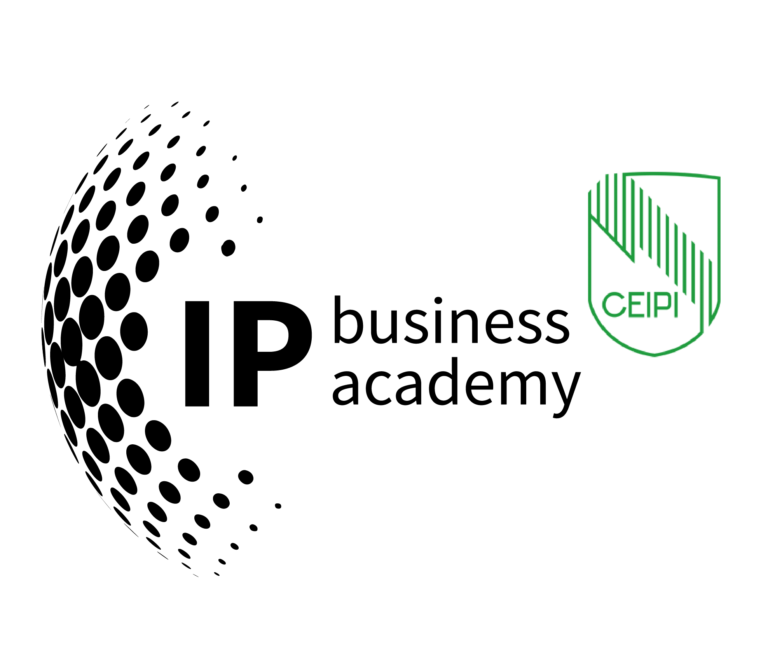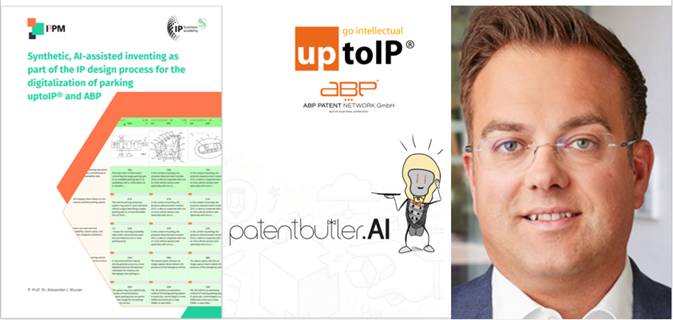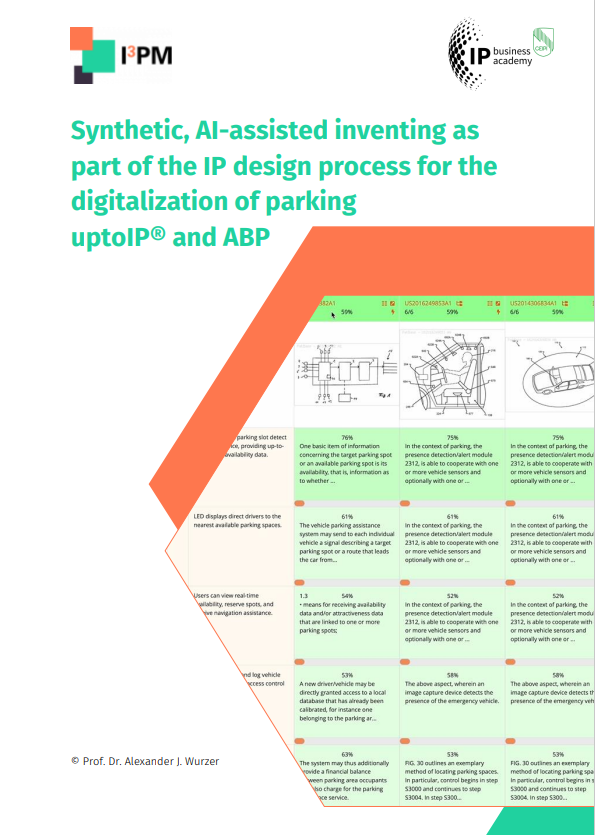Finding the Gaps: How AI is Transforming IP Design and Invention – Lecture by Hannes Burger at 6th module CEIPI MIPLM
In the sixth module of the CEIPI MIPLM, one lecture stands out for its direct glimpse into the future of IP management: Hannes Burger’s session on AI-supported systematic white spot analysis.
At its core, this approach reimagines how we identify unprotected opportunities — “white spots” — in crowded technology landscapes. And, more radically, how AI can even help generate new inventions that hit those gaps, systematically and at scale.
Let’s unpack the lecture’s core points, the smart parking use case, the tool Patentbutler, and what students actually practiced in Strasbourg.
👉 Here you find the AI-assisted invention process at the digital IP lexicon dIPlex
Why White Spot Analysis Still Matters
First, what is a white spot?
A white spot is an unmet need or a technical gap — an area where no existing patent blocks new ideas. In classic IP strategy, companies run expensive Freedom-to-Operate (FTO) studies to make sure they don’t infringe. But smart companies also flip the perspective: where is nobody else yet — but there could be value?
This is where white spot analysis comes in. Traditionally, it’s tedious:
- Screening thousands of patent documents.
- Manually comparing claim scopes.
- Mapping out overlapping spheres of protection.
Done well, it helps avoid dead ends and crowded claims, focuses R&D on open terrain, and guides investments where patents can actually stick.
But traditional white spot analysis is time-consuming — and often just a snapshot in time. That’s where AI steps in.
How AI Changes the Game
Hannes Burger’s lecture shows how AI — especially transformer models — revolutionize this task. Instead of reading thousands of documents manually, AI models:
- Understand natural language claims and technical descriptions.
- Classify features automatically.
- Map out which technology clusters are heavily patented — and which aren’t.
- Spot new combinations of features that nobody’s protected yet.
But more than just mapping white spots, modern AI can even propose new solutions. That’s what makes this approach “synthetic, AI-supported invention”.
AI-assisted IP-Desing by Prof. Dr. Alexander Wurzer
The Parking Case Study: Turning Theory into Practice
In the lecture, Burger walked the MIPLM students through a live demonstration: digitalizing the classic parking garage — an industry ripe for smart reinvention.
As the uploaded slides show, parking is:
- A major cost and value driver for real estate.
- Often under-optimized in cities.
- Central to sustainability debates (EVs, shared mobility, last-mile delivery).
- Perfect for smart tech — sensors, IoT, dynamic pricing, and data analytics.
In short: a classic “old world” business model meets digital transformation.
From Classical to Smart: The Changing Business Model
The classic parking business model is simple:
- Rent out physical space.
- Charge by the hour, day, or month.
- Upsell with services: valet, car wash, EV charging.
But the digital shift is changing everything:
- Smart sensors manage availability.
- Dynamic pricing adjusts fees in real time.
- Reservations and payments run through mobile apps.
- Data flows to city planners, fleet operators, and users.
Protecting the tech layer, not just the physical asset, is where new IP strategy comes in.
Patentbutler: The AI Tool for Smart IP Design
At the heart of Burger’s lecture was Patentbutler, an AI platform from uptoIP and the ABP PATENT NETWORK.
How does it work?
Feature Definition
Students define features — the technical elements of a solution, e.g. “dynamic pricing algorithm”, “sensor grid”, or “automated spot allocation”.
Search and Compare
Patentbutler searches huge patent databases for documents that overlap with these features. It shows degrees of similarity (color-coded, green for high relevance).
Vary Features
Users adjust features — add, remove, or tweak — to test new combinations and see if they find open spaces.
Synthetic Invention
Once an open gap is spotted, the tool can help generate new concepts: “What inventive steps bridge this gap?” This is where TRIZ principles come in — systematic invention by resolving contradictions.
Introduction Patentbutler
Inside the Workshop: AI Meets Human Inventors
In the MIPLM module, students practiced:
- Setting up a parking scenario.
- Using Patentbutler to run searches.
- Comparing overlaps and identifying gaps.
- Using TRIZ to generate solutions.
- Drafting claim structures for newly invented concepts.
One result? A set of inventive solutions for dynamic parking spot guidance — from electromagnetic field markers to morphing surfaces.
AI-Supported Synthetic Invention: The Next Frontier
Burger’s big idea is that the AI doesn’t just find gaps — it suggests how to fill them. In the parking study:
- TRIZ prompts guided students to solve design contradictions: “How to show a driver where to park without installing huge signs?”
- AI reviewed the patent landscape to ensure novelty.
- Students created draft claims for entirely new solutions — ready for further legal vetting.
This is the shift: from passive FTO to active AI co-inventing.
Key Example: The Electromagnetic Spot Marker
One standout idea from the session:
- A grid of electromagnetic coils under the parking surface.
- When a spot is free, the coil creates a localized magnetic field.
- Cars detect the field with built-in magnetometers.
- The car’s nav system translates this into clear parking directions.
This solution is:
✅ Technically feasible.
✅ Non-obvious (compared to standard visual markers).
✅ Well-defined for a patent claim.
✅ A clear USP for smart parking operators.
Students then compared this idea with existing patents — like the US 8,975,864 B2 on wireless charging — and demonstrated how their invention was distinct.
What Makes Synthetic Invention Different?
This is not just automation. It’s about augmenting human inventors:
- The AI handles the brute force search and comparison.
- The human shapes the business context and value proposition.
- Together, they lock in inventions that fit both the tech reality and the market strategy.
For students, this is not hypothetical — it’s the future of daily IP work.
Why Systematic White Spot Analysis Matters for Business
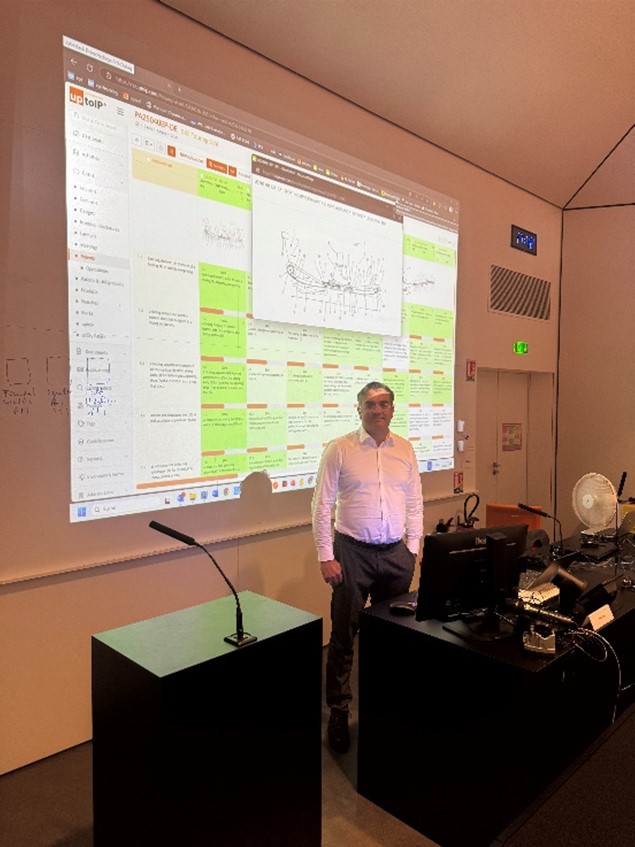 What does all this mean for IP managers?
What does all this mean for IP managers?
- Better Focus:
Companies no longer need to patent every idea that comes from R&D just to look innovative. Instead, they can use AI-supported white spot analysis to identify where real, enforceable opportunities lie. This means budgets and teams stay focused on protecting what truly strengthens competitive advantage. - Cost Control:
Many organizations waste huge sums maintaining patents that offer no real market value or legal leverage. With systematic AI analysis, it’s easier to identify and prune these deadweight assets early. This frees up resources for developing patents that actually defend revenue streams. - Faster Time-to-Market:
By revealing crowded spaces and potential conflicts early, white spot analysis helps teams avoid dead-end development paths. Engineers and product managers can design solutions that won’t run into immediate infringement issues. As a result, new products reach the market quicker and with fewer legal hurdles. - Stronger Negotiating Power:
A lean, strategically crafted patent portfolio sends a clear message to partners, investors, and competitors. It proves the company holds rights that are difficult to design around and relevant to real products. This strengthens your hand in licensing talks, cross-licensing deals, or defensive disputes. - New Business Models:
When IP protection is targeted, companies can launch innovative services that depend on clear exclusivity, like digital parking subscriptions or smart infrastructure add-ons. Customers and partners trust these offerings more when the underlying tech is secured by well-designed patents. Smart IP makes it possible to build revenue models around access, data, or usage.
How It Connects to IP Design
Burger’s workshop also connects directly to IP Design, a method covered across the MIPLM:
- Use customer benefit insights to pinpoint what needs protecting. A clear understanding of what actually delivers value for the user helps define where your IP focus should be. Protecting only what the customer truly cares about keeps patents aligned with business goals.
- Translate those benefits into technical features. Turning a user benefit into specific technical elements makes it possible to describe and claim it precisely. This step bridges the gap between customer need and enforceable patent scope.
- Use Patentbutler to test if those features are really new. Running a systematic white spot analysis with Patentbutler reveals where similar ideas already exist. This ensures your effort goes into inventions with genuine novelty and clear space.
- Use TRIZ to refine solutions. TRIZ problem-solving principles help find unconventional ways to solve technical contradictions. This boosts the inventive step and makes it harder for competitors to design around your idea.
- Draft tight, business-relevant claims. Well-crafted claims protect what generates real revenue and blocks competitors effectively. They connect technical features directly to your strategic business advantage.
This closes the loop: strategy, technology, market fit, IP design — all backed by AI.
The Big Lesson for Future IP Leaders
What did students learn? That synthetic, AI-supported invention is not science fiction:
- You don’t need to guess where to file.
- You don’t drown in prior art.
- You use AI as a tireless assistant to find gaps and fill them with value.
In a world where intangible assets decide who wins markets, this mindset is gold.
✅ Key Takeaways from Hannes Burger’s Lecture
- Systematic Search: AI makes white spot analysis faster, deeper, and repeatable.
- Human + AI: The inventor remains in charge. AI handles scale; humans set goals.
- IP Design: Customer value → features → search → new solution → protect.
- Real-World Use: The parking case study shows how even “boring” industries are ripe for smart IP.
Practical Skills: MIPLM students don’t just talk theory — they build actual claims.
Final Word
As AI reshapes industries, IP leaders must adapt. White spot analysis, done systematically and AI-supported, will define who owns the next wave of value. Hannes Burger’s lecture doesn’t just show what’s possible — it equips tomorrow’s leaders to make it happen.
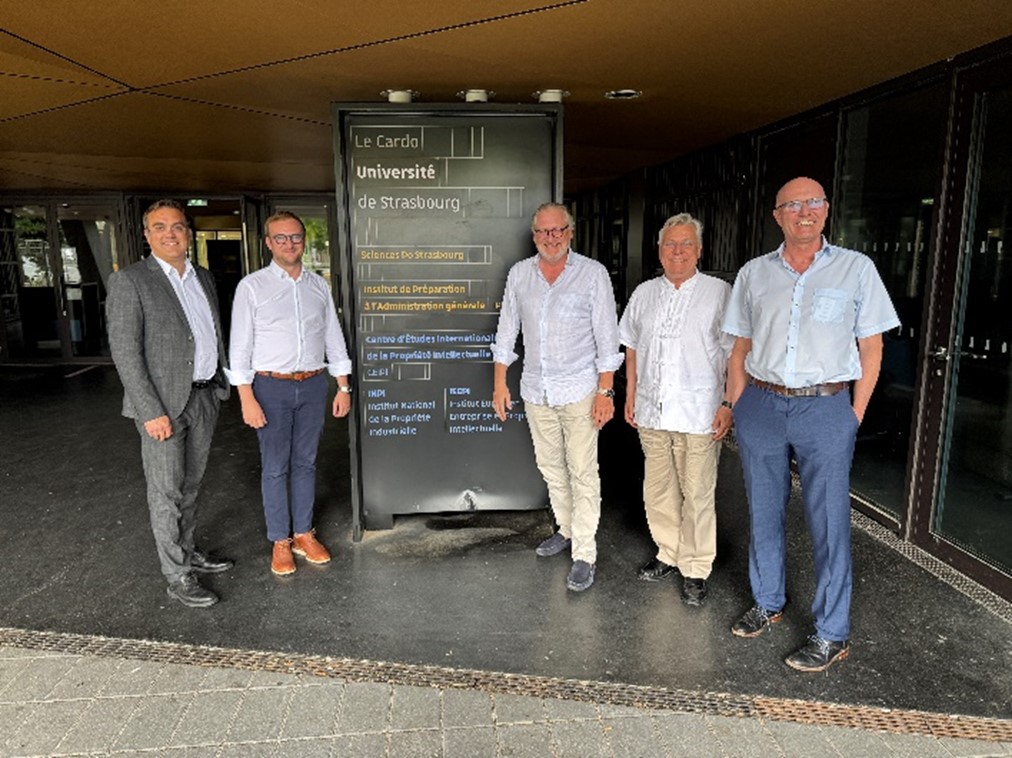
The future of invention is here. It’s systematic. It’s smart. It’s synthetic. And it’s already changing how we park our cars.
Ready to try it yourself? Check out Patentbutler at uptoIP.com — and get ready for the next frontier in AI-driven IP design.
